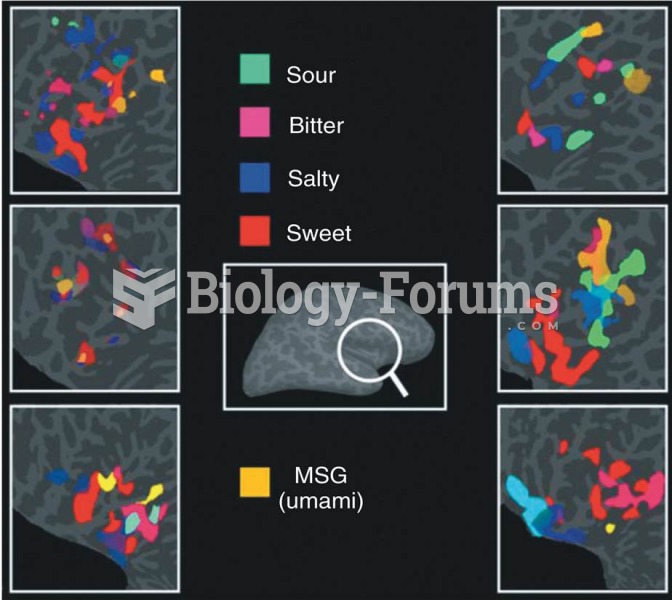Answer to Question 1
two weeks later, K.B.'s daughter calls the physician's office and states, I realize that the aricept will not
cure my dad, but there has been no improvement at all. are we wasting our money?
This medication might take 4 to 6 weeks for an improvement to be noted. If after that time no
improvement is seen, the dose may be increased to 10 mg/day. For now, she needs to give the
medication more time to have an effect.
Obtain a wearable tracking device for K.B. Such devices can assist with locating him if he wanders
out of sight.
Place locks on the doors that are more complex and difficult to open.
Obtain a medical alert bracelet for K.B. that contains his name, address, and telephone number.
Alert neighbors and the local law enforcement authorities about K.B.'s wandering tendencies.
Consider installing a door alarm device that would provide warning if he opens the door.
Answer to Question 2
Changes seen in the brain include destruction of the proteins of nerve cells of the cerebral cortex by
diffuse infiltration with neurofibrillary tangles and plaques (nonfunctional tissue). These tangles and
plaques are a result of the death of nerve cells within the brain.
Educate his daughter and other caregivers about providing a safe environment at home for him.
This includes such things as not allowing K.B. to cook alone (e.g., unplug the stove), conducting a
risk assessment for falls, and not allowing him to go out alone if he is prone to disorientation.
Provide orientation aids, such as a calendar and clock.
Educate the family about support groups and online resources for caregivers.
Instruct the daughter to not allow K.B. to drive alone. Educate her that he might not be able to
drive at all as the dementia progresses.
Instruct the family to keep environmental stimuli to a minimum.
Maintain a daily routine; do not vary activities from day to day.
Refer the patient to his primary care physician for possible medications that can slow the
progression and improve daily functioning when started in the early stages of dementia







